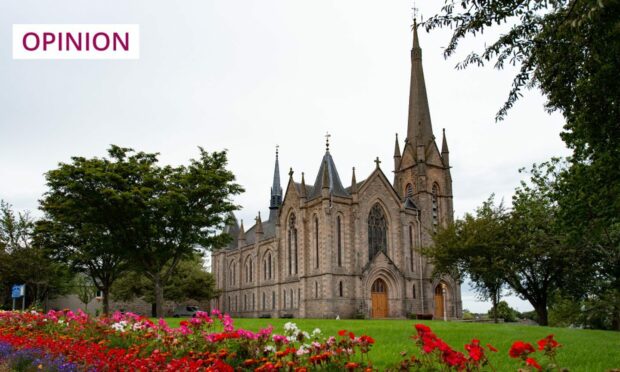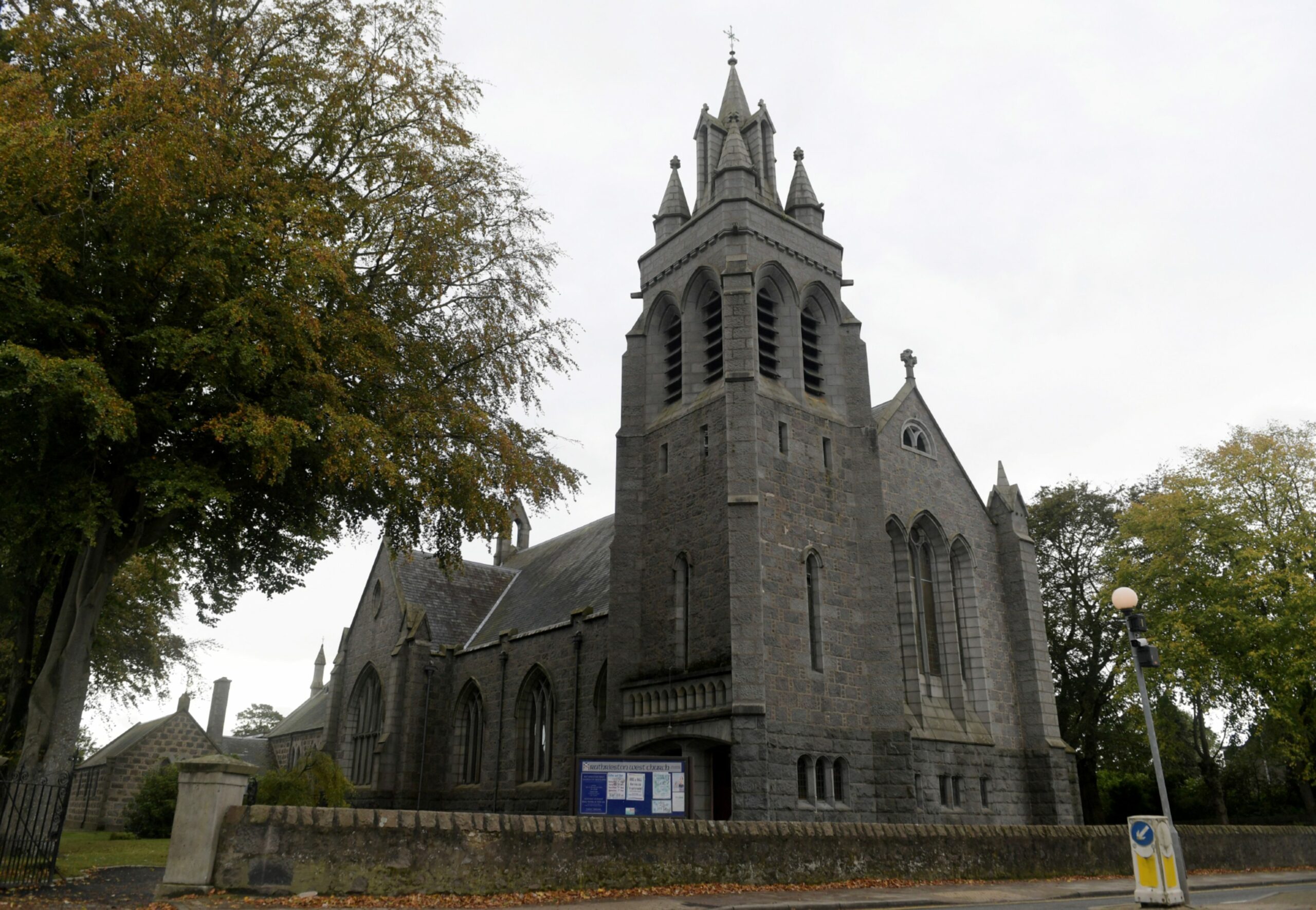A steeple rising from the skyline of a city or town, the magnificence of a cathedral.
These are familiar landmarks within our country’s landscape, reminding us of the church where we once gathered to worship, where weddings, baptisms and funerals were conducted, and harvest, Easter and Christmas were celebrated.
Today, the church has become an irrelevance for many – a distant memory, a connection with the past, dismissing the hope it gives for the future.

Recently, the head of the Church of Scotland, the moderator of the General Assembly, the Rt Rev Dr Iain Greenshields, claimed that Scotland is “one of the most secular countries in Europe, Christendom has gone, and today’s culture feels little need for God”.
His depressing theme continues. The average Church of Scotland member is over 55 and middle class. In 2022, only 7% of the country were members, and, at best, one third have any serious commitment to the church.
I never believed that in my lifetime I would ever see the day when the national church in my native Scotland, a country built on the rock of biblical Christian principles, would be in such a state of collapse.
Previous generations perfectly epitomised their relationship with the church, when they acknowledged that church buildings were the beating heart of the spiritual life of our country, and had been for centuries. But, today, in a world of deepening financial stress, growing uncertainties and a looming cost of living crisis, the loss of local churches diminishes further our faith, our society and our cohesion as a nation, leaving communities spiritually bereft.
Churches are a huge part of communities
Down the centuries, the church was commissioned for one purpose: to display the heart of Christ to a world in so much pain, confusion and uncertainty. To be a place that serves and teaches, aligned with all that is basic and obvious to the Christian faith – the eternal love of Christ through service.
Today, that commitment to service is greatly diminished, as more churches are planned for closure or amalgamation. The words of Christ have come home to roost: “The harvest truly is plentiful, but the labourers are few.”
The church building is inseparable from the church: the offer of hospitality is central to the Christian faith, and the value of the church building can be gauged by how that hospitality is offered within communities. In some places, the church hosts vital community activities – playgroups, yoga classes, youth groups, foodbanks, senior citizens lunch clubs, support for those in need – making it a vibrant, relevant hub of daily activity.
The ‘open door’ of a church in a busy city centre location ought to be inviting the weary to a place of tranquillity – welcoming the commuter and shopper to an oasis of peace
For example, the “open door” of a church in a busy city centre location ought to be inviting the weary to a place of tranquillity – welcoming the commuter and shopper to an oasis of peace, a place to pray. It should be a comforting place of respite for the refugee, allowing anyone to sit quietly over a cup of tea or coffee and a biscuit, or engage in meaningful conversation.
Church closures can lead to depression and isolation
But, sadly, in current times, the doors of many churches are closed most of the week, causing more families to rightly question the relevance of the church for today’s generation. This has resulted in families cutting their ties with the worshipping community, simply because they see too many churches becoming detached from the very community they ought to be serving.
The closure of a church can be an extremely harrowing experience, leading to depression and spiritual isolation.
Consider those pensioners who have faithfully attended their local church since childhood, and now live alone. Because of the rigours of old age, mobility issues and loneliness, they face a future of isolation and detachment from their church, after a lifetime of faithful attendance.
If their church closes, they are abandoned in their old age, unable to travel to their new “local” place of worship, probably miles from their home. The shortest verse in the Bible is very apt: “Jesus wept!”
Today’s church needs to awaken to the gathering storm about to hit us.
John Young is a former soldier, Salvation Army officer and Grampian regional councillor for Bridge of Don in Aberdeen



Conversation